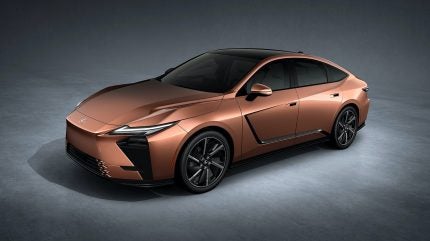
Lexus future models – 2025-2035
The relentless pursuit of...profitable expansion, year in year out. That should be Lexus' slogan.

The relentless pursuit of...profitable expansion, year in year out. That should be Lexus' slogan.
